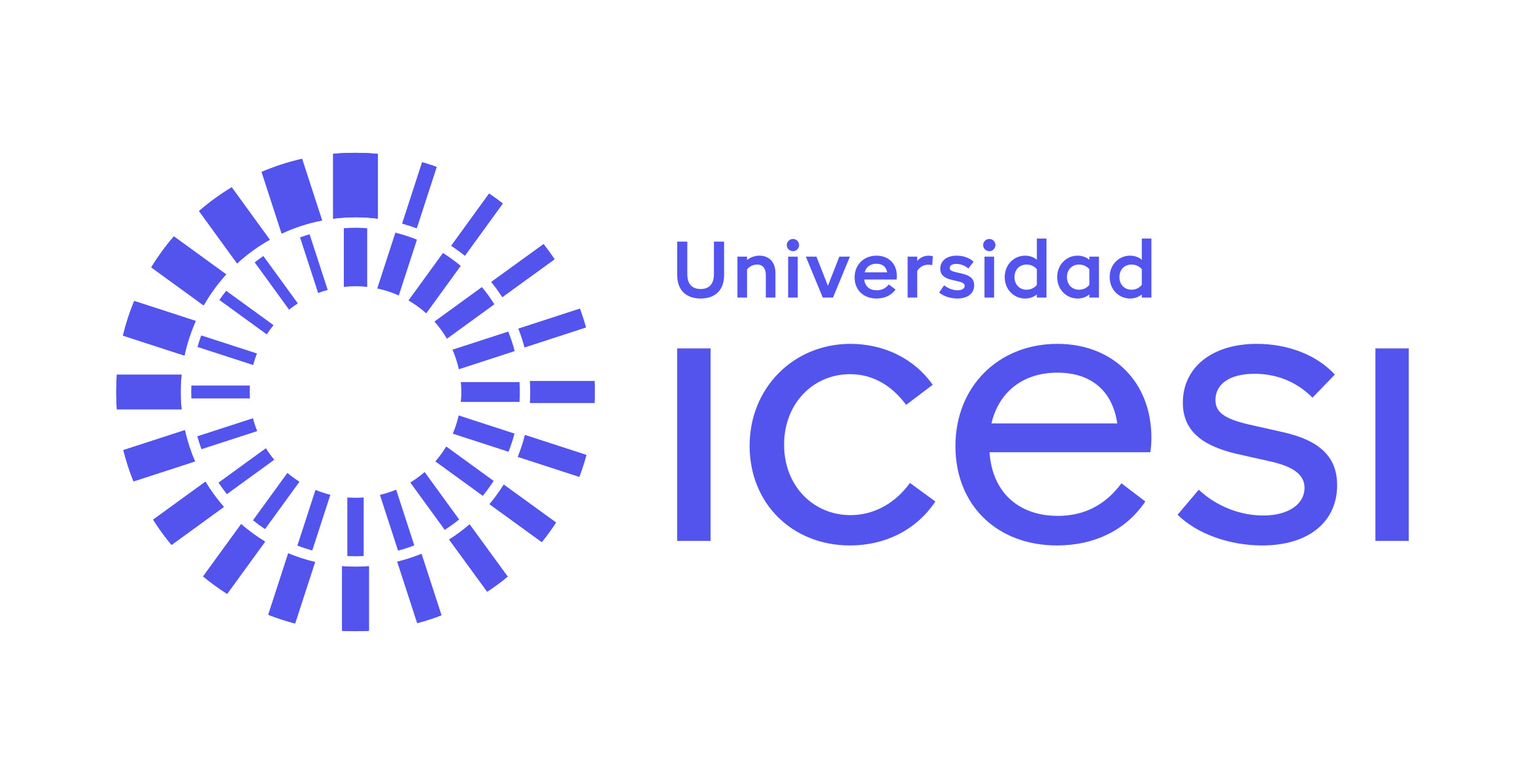W-CDMA capacity analysis using GIS based planning tools and MATLAB simulation
Fecha
Director de tesis/Asesor
Título de la revista
ISSN de la revista
Título del volumen
Publicador
Editor
Compartir
Resumen
Abstract
The evolution of cellular systems towards third generation (3G) or IMT-2000 seems to have a tendency to use W-CDMA as the standard access method, as ETSI decisions have showed. However, there is a question about the improvements in capacity and the wellness of this access method. One of the aspects that worry developers and researchers planning the third generation is the extended use of the Internet and more and more bandwidth hungry applications. This work shows the performance of a W-CDMA system simulated in a PC using cover maps generated with DC-Cell, a GIS based planning tool developed by the Technical University of Valencia, Spain. The maps are exported to MATLAB and used in the model. The system used consists of several microcells in a downtown area. We analyse the interference from users in the same cell and in adjacent cells and the effect in the system, assuming perfect control for each cell. The traffic generated by the simulator is voice and data. This model allows us to work with coverage that is more accurate and is a good approach to analyse the multiple access interference (MAI) problem in microcellular systems with irregular coverage. Finally, we compare the results obtained, with the performance of a similar system using TDMA.

